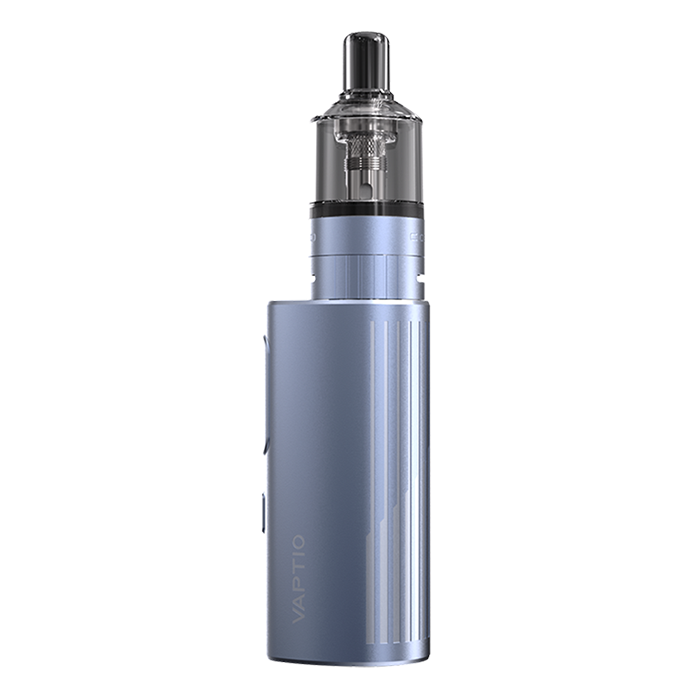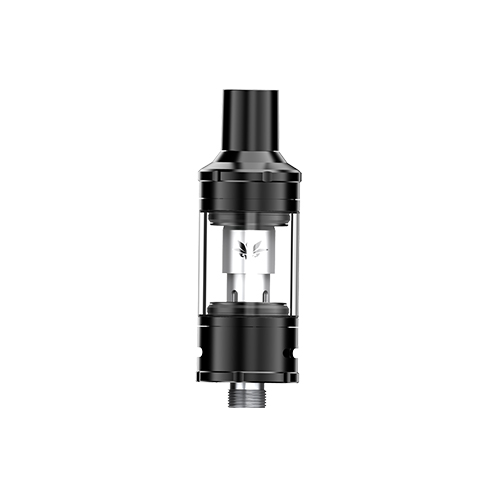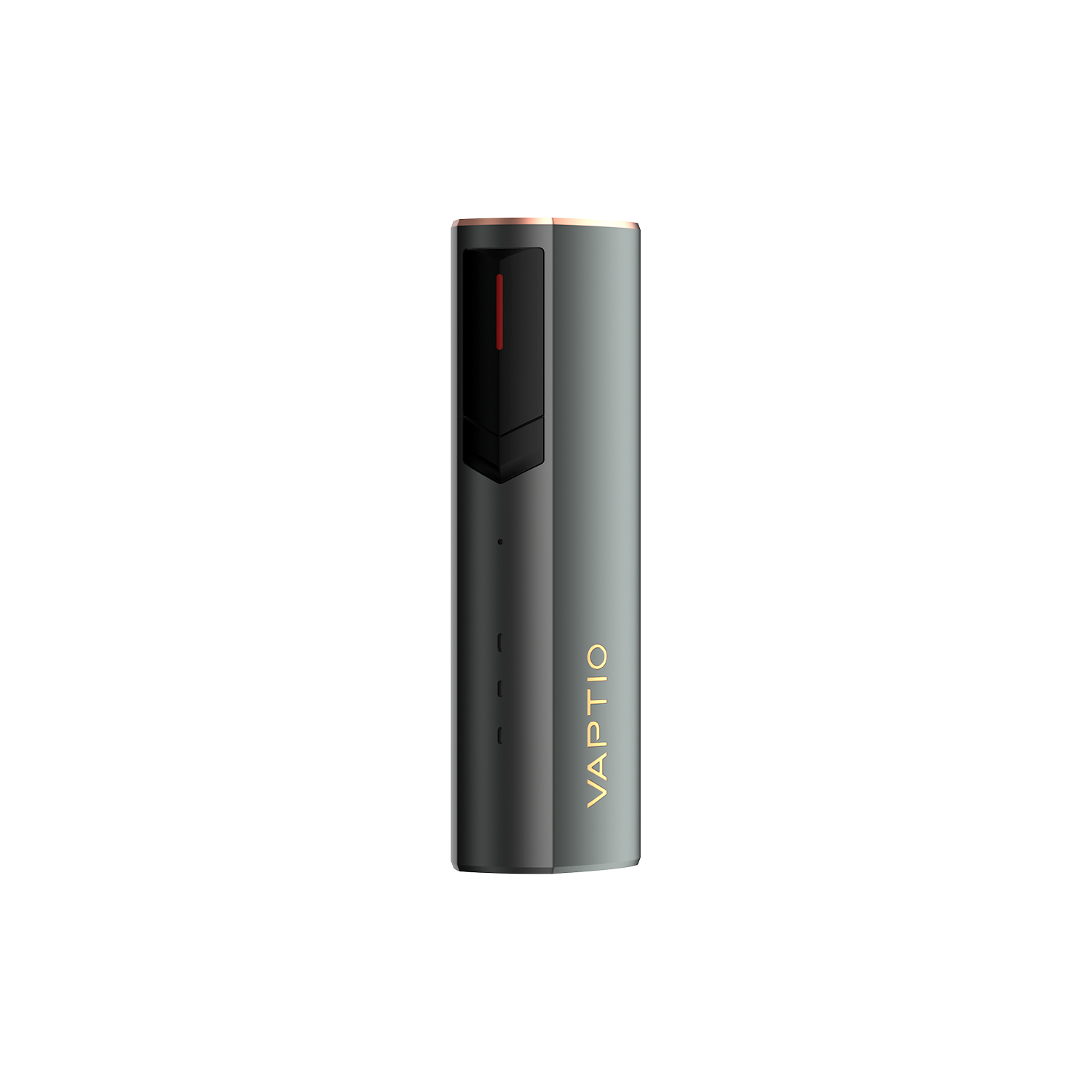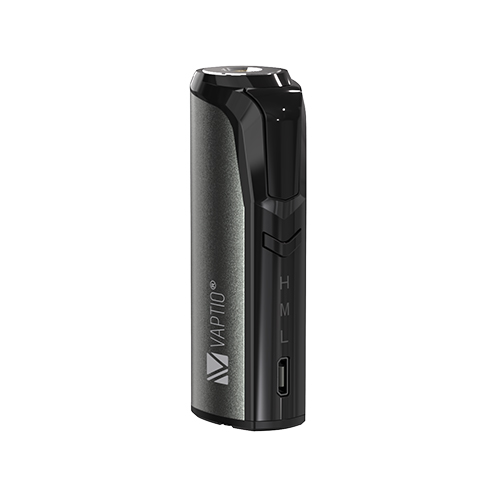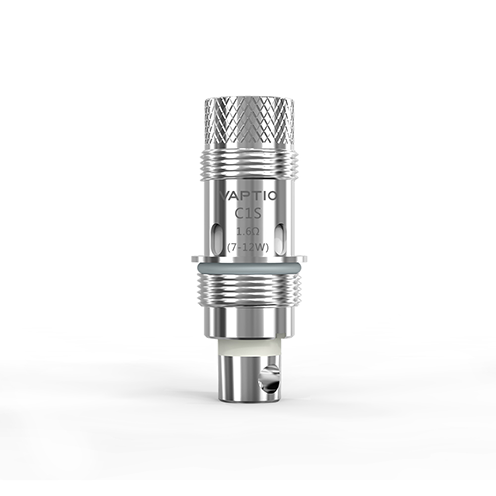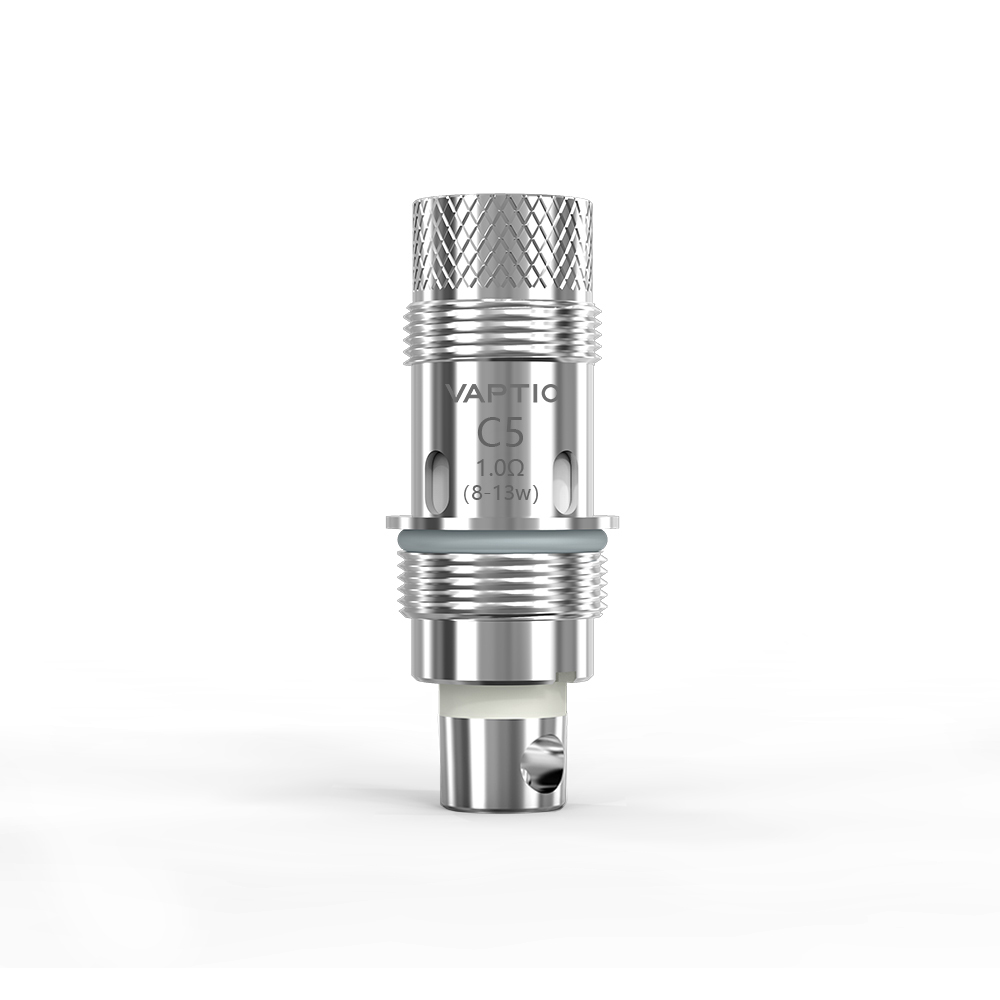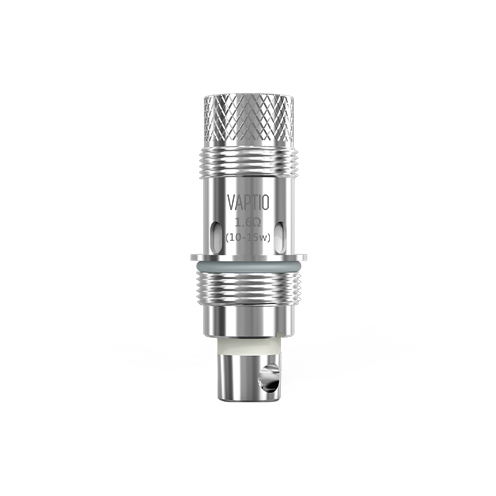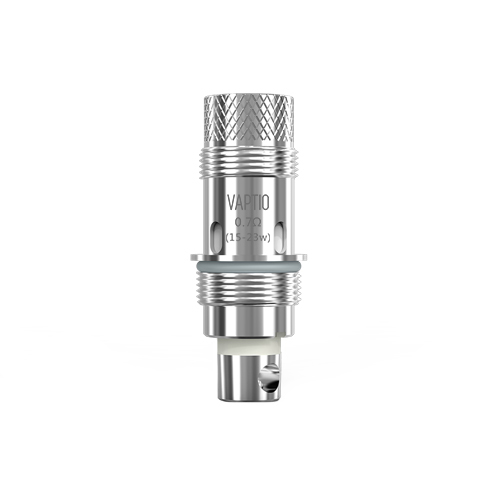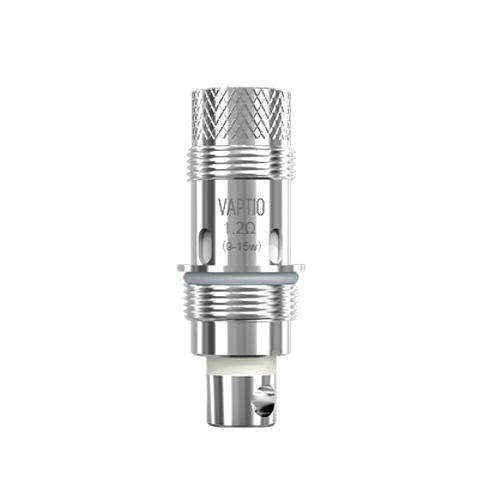Some small vaping manufacturers are being misled by FDA employees regarding the final date on which they can sell products legally. The misunderstanding doesn’t seem to involve outright deception, but may nevertheless lead to unwelcome surprises for many when the current one-year grace period ends in September.
Many small business owners believe they’ve been told by the FDA that they have an additional year to sell their products, according to a lawyer who represents many vaping industry clients. But that isn’t true.
What’s happening exactly? Let’s start by going back to last year’s PMTA deadline.
The 2020 PMTA deadline and the application tsunami
Sept. 9, 2020 was the deadline for manufacturers to submit Premarket Tobacco Applications (PMTAs) to the FDA. Manufacturers of products submitted on time were granted a one-year extension to continue selling them while the FDA Center for Tobacco Products (CTP) assessed their applications. To be eligible to remain on the market during that grace period, the product must have also been on the market before Aug. 8, 2016—the date the FDA’s Deeming Rule went fully into effect, and the market was frozen.
The 2020 PMTA deadline was imposed by a federal judge (who later postponed it from May to September) as part of a ruling against the FDA in a lawsuit filed by the American Academy of Pediatrics (AAP) and several other tobacco control groups. In his ruling, Judge Paul Grimm agreed that manufacturers of products submitted on time could have a one-year extension to sell their products while they were reviewed, and that the FDA could grant further extensions to the one-year grace period on a “case-by-case basis” for “good cause.”
“CTP Director Mitch Zeller said that FDA anticipated getting about 6,000 applications, and they wound up getting literally millions,” says attorney Azim Chowdhury. “But when Judge Grimm set the deadline, he was basing it on the FDA estimate that there would be just a few thousand applications.”
Chowdhury, a partner in Washington, D.C. law firm Keller Heckman, is an expert on vaping regulatory law, and has represented many clients within the vaping industry for many years.
The FDA CTP prepared to handle the influx of applications based on the belief that there would only be a few thousand applications. But the FDA wasn’t aware that small vaping manufacturers had created a process that would allow almost any e-liquid company to submit a basically solid application for just a few thousand dollars, and were coordinating the applications in a private Facebook group.
The result was that hundreds of manufacturers submitted applications for millions of products, and the FDA would have no choice but to go through the formal steps of its PMTA process for each application. A PMTA first is accepted, then filed, then moves to preliminary scientific review, then full scientific review, and finally acceptance or rejection. After the preliminary scientific review, the applicant may receive a deficiency letter in which the FDA asks for more information or corrections to address specific issues.
News from: https://vaping360.com/vape-news/109425/pmta-confusion-vape-companies-misled-by-fda/






